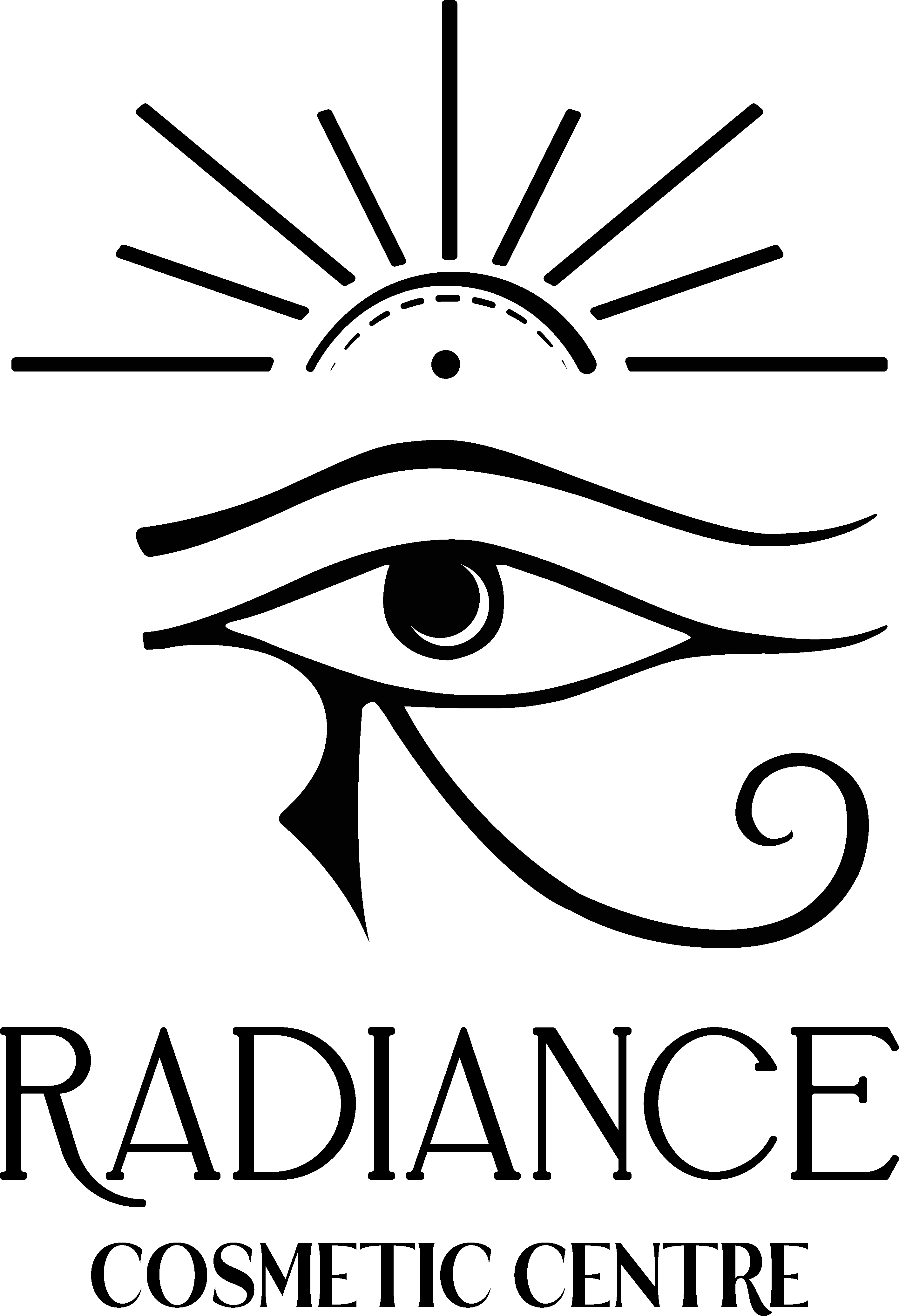Exfoliation is a vital part of any skincare routine, helping to remove dead skin cells, unclog pores, and enhance skin texture. However, over-exfoliation can lead to a compromised skin barrier, causing irritation, redness, and sensitivity. Here’s how to recognize and address over-exfoliated skin while maintaining a healthy exfoliation routine.
Signs of Over-Exfoliated Skin
Over-exfoliation occurs when the skin’s protective barrier is disrupted by excessive scrubbing or overuse of chemical exfoliants. Common signs include:
- Redness and irritation: Persistent redness or stinging sensations may indicate damage to the skin barrier.
- Dryness and peeling: Over-exfoliated skin often appears flaky or feels tight due to loss of moisture.
- Sensitivity to products: Burning or itching when applying skincare products.
- Breakouts or bumps: Skin may react by overproducing oil, leading to clogged pores.
How to Heal Over-Exfoliated Skin
If you suspect over-exfoliation, focus on soothing and repairing your skin:
- Pause Exfoliation
Stop using all exfoliating products, including physical scrubs and chemical exfoliants, to allow your skin to recover. - Switch to Gentle Cleansers
Opt for sulfate-free cleansers that clean without stripping essential oils, suitable for sensitive skin. - Hydrate Generously
Use hydrating serums and creams with ingredients like hyaluronic acid and glycerin to replenish moisture levels. - Repair the Skin Barrier
Moisturizers with ceramides, niacinamide, or squalane can help repair the skin’s natural protective barrier. - Protect with Sunscreen
Over-exfoliated skin is more susceptible to sun damage. Use a broad-spectrum SPF of at least 30 daily to prevent further irritation.
How to Prevent Over-Exfoliation

To keep your skin balanced and healthy, adopt a cautious approach to exfoliation:
- Limit Frequency: Exfoliate one to two times a week, depending on your skin type.
- Choose Gentle Exfoliants: Opt for mild chemical exfoliants, like lactic acid, or physical scrubs with fine particles.
- Patch Test New Products: Before applying a new exfoliant to your entire face, test it on a small area of skin.
- Listen to Your Skin: If you notice any signs of irritation, reduce the frequency of exfoliation.
Best Ingredients for Skin Recovery

When recovering from over-exfoliation, look for products containing:
- Hyaluronic Acid: A powerful hydrator that plumps and soothes dry, irritated skin.
- Ceramides: Essential for repairing the skin barrier and retaining moisture.
- Niacinamide: Reduces redness, improves elasticity, and supports overall skin health.
- Squalane: A lightweight oil that hydrates and protects without clogging pores.
Adapting Your Routine Post-Recovery
Once your skin heals, reintroduce exfoliation cautiously:
- Start with once a week and increase gradually, depending on your skin’s tolerance.
- Alternate between chemical and physical exfoliants to avoid overloading your skin.
- Always follow exfoliation with hydration and sun protection to maintain healthy skin.
Conclusion
Over-exfoliation can cause temporary skin issues, but recovery is possible with the right care. By pausing exfoliation, hydrating intensively, and focusing on barrier repair, you can restore your skin’s health and radiance. Moving forward, balance is key—gentle and infrequent exfoliation will keep your skin glowing without the risk of damage.
Over-exfoliation is treatable, contact professionals.

Leave a Reply